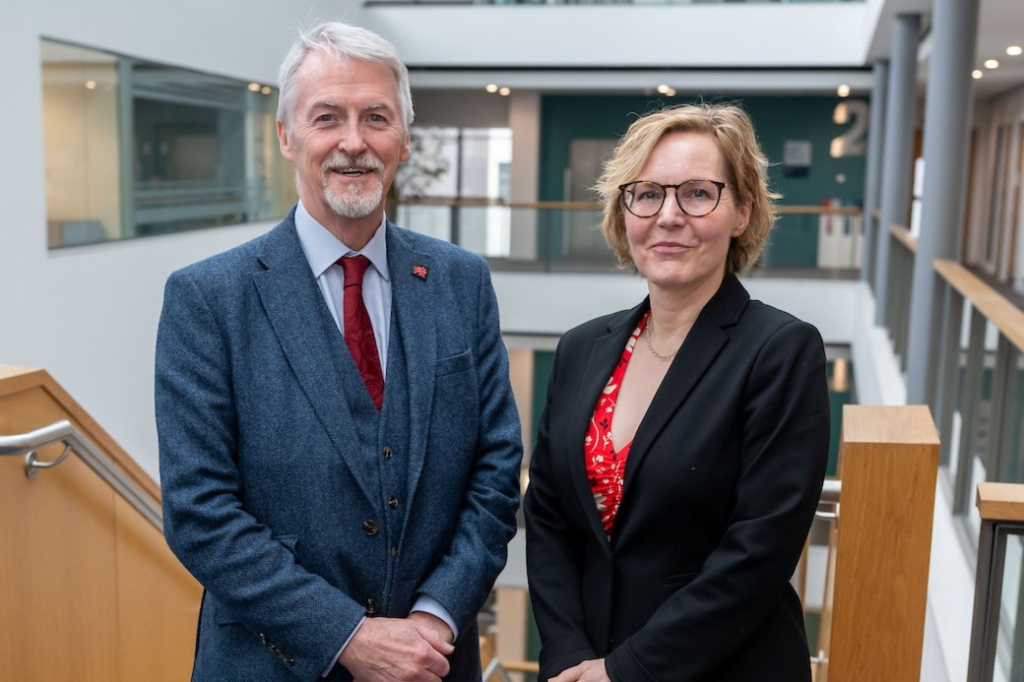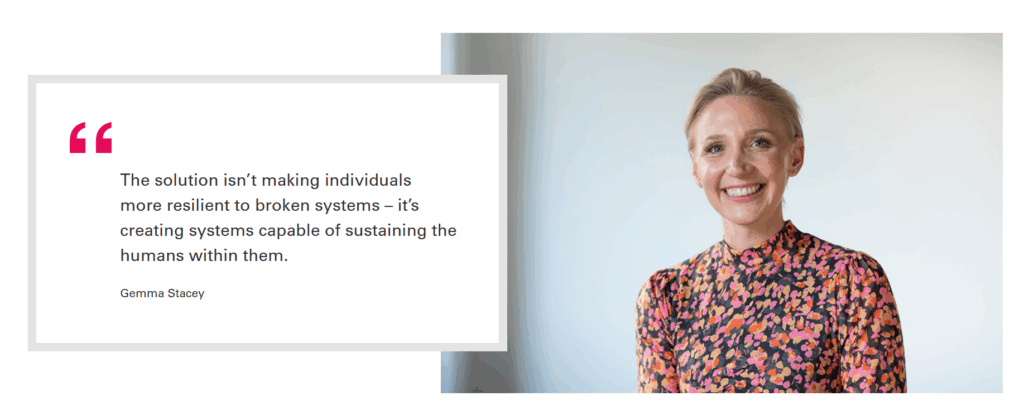Cardiff Metropolitan University was delighted to welcome Deputy First Minister and Cabinet Secretary for Climate Change and Rural Affairs Huw Irranca-Davies onto campus this week, for his announcement of Welsh Government’s £15 million plus Digarbon loan scheme supporting the tertiary education sector to reach carbon net zero by 2030.

Deputy First Minister Huw Irranca-Davies said: “We are pleased to see the continued efforts of the tertiary education sector in Wales in driving ambition to decarbonise. This latest investment through Digarbon reflects our commitment to supporting Wales’s tertiary education sector in cutting emissions, reducing energy costs, and accelerating progress towards net zero.”
The Digarbon low-interest loan scheme is funded by the Welsh Government and delivered by Salix in alignment with the UK’s national target to achieve net zero greenhouse gas emissions by 2050. Cardiff Metropolitan University has been awarded £6.2 million from the scheme. Others to receive to receive funding are Swansea University, Bangor University and Coleg Cambria. The Digarbon investment will enable these institutions to modernise their buildings and infrastructure, reduce energy costs, and accelerate Wales’ transition to a sustainable, low-carbon future.
Cabinet Secretary for Education, Lynne Neagle said: “It’s wonderful that these four Welsh universities and colleges are leading the way in creating more sustainable learning environments for their learners and communities. Through Digarbon we’re enabling our education institutions to provide learners with modern, energy-efficient spaces that support their learning.”
Cardiff Metropolitan University will use the low-interest loan to deliver on the University’s award winning “Halve the Half” initiative cutting greenhouse gas emissions, reducing costs and supporting community access to the University’s extensive sports facilities.
Work will focus on the swimming pool, which is heavily used by community groups, children’s swimming lessons, student athletes and leisure swimmers. The pool will transition to low-carbon heating and ventilation systems, and solar panels and a battery storage system for renewable energy will be installed. These upgrades will also improve a sports hall, squash courts and several teaching and administration spaces. The result of these works will be to eliminate gas use in the University’s most energy-intensive building while halving grid electricity demand at the Cyncoed campus.
President and Vice-Chancellor of Cardiff Metropolitan University, Professor Rachael Langford said: “We are delighted to have been able to show the Deputy First Minister the improvements made through previous Ynni Cymru funding and our Halve the Half initiative, our genuinely ‘made in Wales’ innovation led by Cardiff Met which is impacting building design standards and cross-sector collaboration across the UK.
“The new funding will support us to continue to demonstrate how carbon reduction policies and priorities can be used to achieve operational change, targeted capital investment and widespread community benefit while also significantly reducing environmental and climate impact.”
Salix chief executive Kevin Holland said: “Salix is proud to partner with the Welsh Government to deliver this vital loan funding, marking a major milestone on Wales’ journey toward net zero. These projects represent real, measurable progress to create a more sustainable future and to reduce energy costs. We look forward to seeing the works in action, meeting the inspiring teams driving this transformation, and collaborating closely with stakeholders to ensure their lasting success.”
Cardiff Met has an impressive track record in environmental sustainability over a number of years. Most recently, its energy reduction ‘Halve the Half’ initiative won ‘Outstanding Contribution to Environmental Leadership’ at the prestigious Times Higher Education Awards, and Best Use of Technology at the Construction News TechFest awards. The University was also ranked first in Wales and top 10 in the UK People and Planet University League 2025/26.








